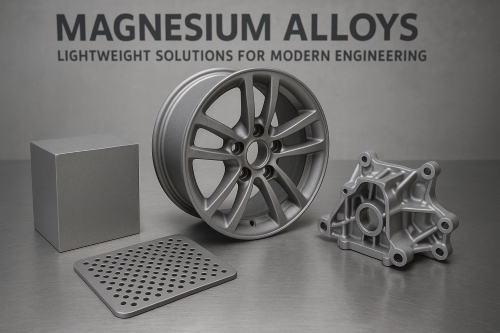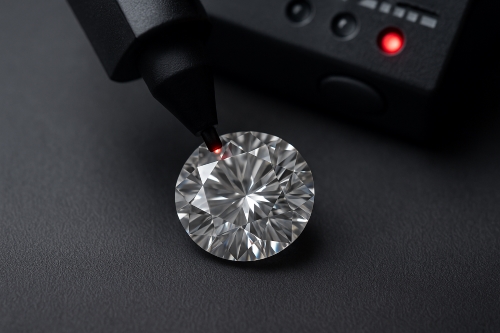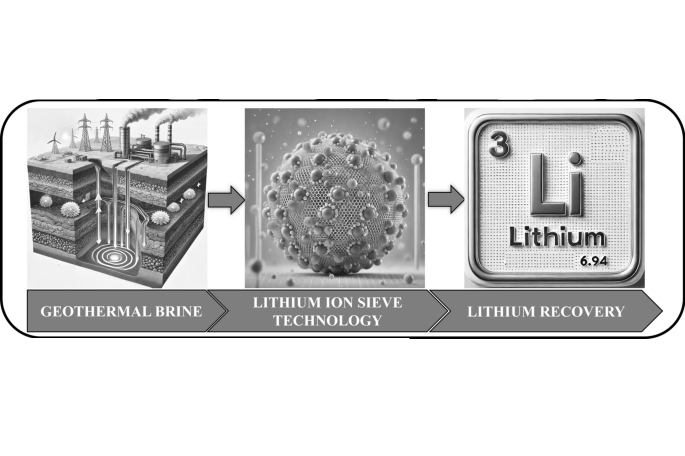What to Know about Cubic Boron Nitride Abrasives
What Is Cubic Boron Nitride?
Cubic boron nitride is a very hard material used in abrasive applications. Many years ago, engineers noted that its hardness rivals that of natural diamond. However, its thermal and chemical stability is better in many circumstances. This makes cubic boron nitride a top choice for cutting, grinding, and polishing.
Comparison of Cubic Boron Nitride with Diamond Abrasives
Both cubic boron nitride and diamond are renowned for their hardness. Diamond abrasives have long been used in stone cutting and other applications. Yet, cubic boron nitride offers distinct advantages. For instance, cubic boron nitride can withstand high temperatures better than diamond. In metal grinding, cubic boron nitride is preferred since diamond tends to wear when exposed to certain metallic elements.
From a cost perspective, diamond abrasives may sometimes be more expensive and may not be ideal for every application. In everyday industrial settings, cubic boron nitride provides a longer life cycle with consistent performance. Experienced engineers appreciate cubic boron nitride for its steady behaviour under harsh conditions. This material has a proven track record in heavy-duty applications.
Further reading: HBN, CBN, and WBN: A Comparative Analysis of Boron Nitride Polymorphs
Types of Cubic Boron Nitride Abrasives
There are several types of cubic boron nitride abrasives designed for different applications. They come in various shapes and sizes. The main types are grinding wheels, powders, micro-grains, and polycrystalline tools.
--Cubic Boron Nitride Grinding Wheels (Bonded and Coated)
Grinding wheels made with cubic boron nitride are among the most common tools in industrial grinding. These wheels come in two forms: bonded and coated.
Bonded grinding wheels use a mixture of cubic boron nitride and a bonding resin or metal. This bond holds the abrasive particles firmly in place. Bonded wheels tend to be durable and are used for more forceful grinding actions.
Coated grinding wheels have a thin layer of cubic boron nitride adhered to their surface. These are used for lighter grinding and finishing. The coating offers precision but wears faster than bonded types. Both types have their merits. An experienced engineer will choose the type based on the materials being worked on and the desired finish.
--Cubic Boron Nitride Powder and Micro-Grains
Cubic boron nitride powders have many uses in surface finishing and fine grinding operations. They are available in different grit sizes. Coarser powders are useful for heavy material removal. Finer powders are excellent for finishing surfaces and polishing.
Micro-grains of cubic boron nitride are even more refined. They have a very small particle size. Manufacturers favour them for detailed work. Fine grinding and precision polishing benefit from the controlled abrasiveness of these micro-grains. The fine grains allow for a smooth finish even on tough metallic surfaces. Their use is common in both automotive and aerospace applications.
Cubic Boron Nitride Synthesis Techniques (High Pressure High Temperature, Chemical Vapor Deposition)
There are two main methods used to synthesise cubic boron nitride: high-pressure high-temperature (HPHT) and chemical vapor deposition (CVD).
The high-pressure high-temperature method mimics the natural formation of diamond and similar substances. This method applies great pressure and temperature to convert hexagonal boron nitride into cubic boron nitride. It produces a strong and high-quality product that is well suited for industrial applications.
The chemical vapor deposition method uses gas-phase chemical reactions. It deposits a thin film of cubic boron nitride on a substrate. This technique is useful for applications where a surface coating is preferred. Both methods have strengths and limitations. The choice often depends on the desired grain size, purity, and the specific application at hand.
Applications of Cubic Boron Nitride Abrasives
Cubic boron nitride abrasives see a wide range of applications in many fields. They are used in grinding tools for hardened steel parts. They are popular in metalworking shops and machine tool operations. Many automotive parts are shaped using these abrasives. Aerospace industries too benefit from their high thermal stability.
In the tool manufacturing process, cubic boron nitride is used to finish surfaces and remove material precisely. In one case, a repair workshop used cubic boron nitride grinding wheels to refine the edges of hardened dies. Industrial plants have used cubic boron nitride powders to achieve a polished finish on high-strength materials.
One common example occurs in the automotive industry. Engine components require precise dimensions and smooth surfaces. Cubic boron nitride tools maintain their hardness and do not wear too quickly even under heavy use. This reliability adds value by reducing downtime and tool replacement needs.
Another real-life case involves the aerospace sector. When working on high-temperature alloys, cubic boron nitride polishing tools offer consistent quality. Their performance under high stress and temperature is well documented. The result is a safer and more efficient machining process.
Conclusion
Cubic boron nitride abrasives stand apart due to their durability and high performance. They are a wise choice in many grinding and polishing tasks. When compared with diamond abrasives, cubic boron nitride offers better thermal stability in certain applications. The variety of products, from grinding wheels to polycrystalline tools, allows for a tailored approach to different manufacturing challenges.
Frequently Asked Questions
Q: What makes cubic boron nitride better than diamond in
metal grinding?
A: Cubic boron nitride handles high temperatures and reacts less with ferrous
metals than diamond.
Q: What are the main types of cubic boron nitride abrasives?
A: They include grinding wheels, powders, micro-grains, and polycrystalline
tools.
Q: What synthesis techniques are used for cubic boron
nitride?
A: High-pressure high-temperature and chemical vapor deposition methods are the
main techniques.

 Bars
Bars
 Beads & Spheres
Beads & Spheres
 Bolts & Nuts
Bolts & Nuts
 Crucibles
Crucibles
 Discs
Discs
 Fibers & Fabrics
Fibers & Fabrics
 Films
Films
 Flake
Flake
 Foams
Foams
 Foil
Foil
 Granules
Granules
 Honeycombs
Honeycombs
 Ink
Ink
 Laminate
Laminate
 Lumps
Lumps
 Meshes
Meshes
 Metallised Film
Metallised Film
 Plate
Plate
 Powders
Powders
 Rod
Rod
 Sheets
Sheets
 Single Crystals
Single Crystals
 Sputtering Target
Sputtering Target
 Tubes
Tubes
 Washer
Washer
 Wires
Wires
 Converters & Calculators
Converters & Calculators
 Write for Us
Write for Us
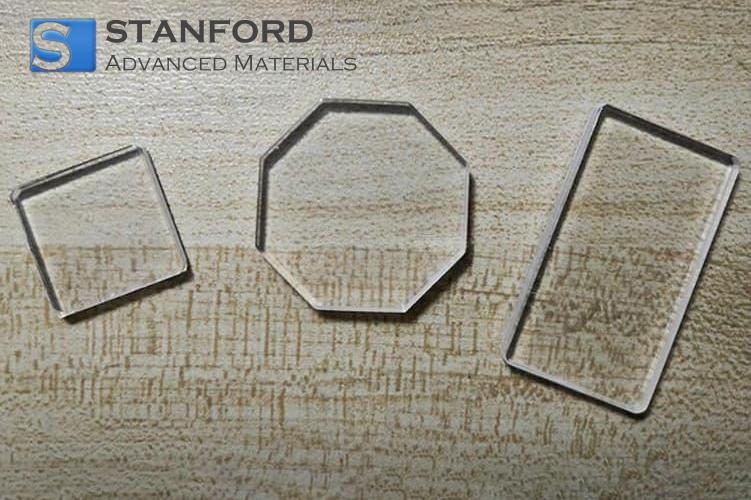
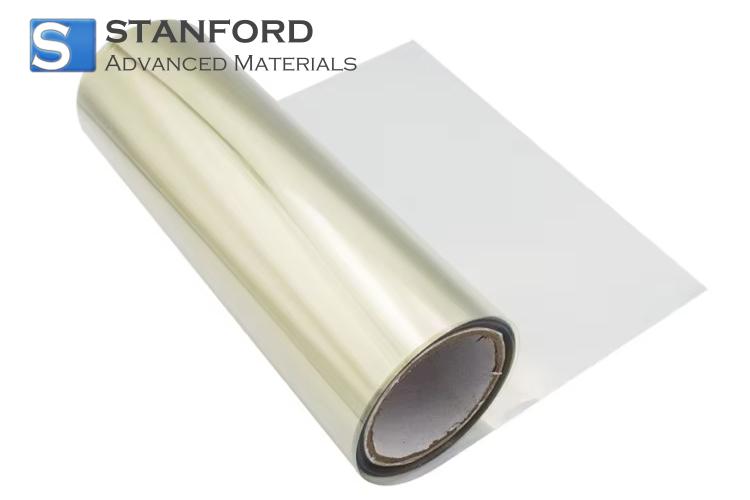
 Chin Trento
Chin Trento

